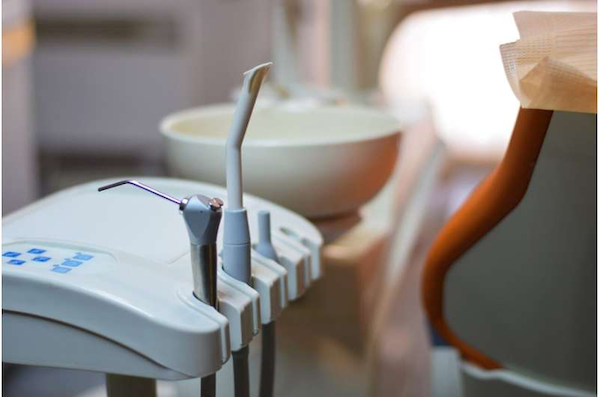Study explores the use of deep learning algorithm to detect occlusal caries
June 26, 2023
Source: drugdu
 316
316

A diagnostic study on the detection of occlusal caries from a clinical photograph using a deep learning algorithm will be presented at the 101st General Session of the IADR, which will be held in conjunction with the 9th Meeting of the Latin American Region and the 12th World Congress on Preventive Dentistry on June 21-24, 2023, in Bogotá, Colombia.
The Interactive Talk presentation, "Automated Detection of Occlusal Caries Using Deep Learning Algorithm," will take place on Saturday, June 24 at 4:25 p.m. Colombia Time (UTC-05:00) during the "Prevalence of Health Conditions and Risk Factors" session.
The study by Chukwuebuka Elozona Ogwo of Temple University, Philadelphia, PA, U.S. sought to determine the accuracy, precision, and sensitivity of the YOLOv7 object detection algorithm in occlusal caries detection from clinical photographs and (2) develop software for occlusal caries detection.
Only consenting adults (>=18 years old) with permanent dentition receiving care at the Temple University Kornberg School of Dentistry were included in the study. 300 intraoral photos of the occlusal surfaces of both mandibular and maxillary arches were collected by 4th-year dental students using the Coolpix L840 cameras. The images were annotated using Roboflow V4. After data preprocessing and augmentation, 845 images were generated and randomly split into three sets: training, validation, and testing—70:20:10, respectively.
The data was then analyzed using the YOLO v7 at 100 epochs, with a batch size of 1 and image size of 1280x640. The algorithm performance metrics were mean average precision (mAP), recall (sensitivity), and precision (Positive predictive value). The final algorithm was used to create software on Flask and deployed it on Heroku.
The algorithm resulted in 79.5% precision, 83% recall, an 81.2% F1-score, and 80% mAP@0.5 score in the detection of occlusal caries on a clinical photograph of both the mandibular and maxillary arches. The study yielded a promising result of AI in automating the detection of the carious lesion from a clinical photograph. When deployed as a phone app, it may serve as an important tool for teledentistry and improve access to care.
Provided by International Association for Dental Research
By editorRead more on
- Multiple batches of quadrivalent influenza virus split vaccine have been sub-packaged and submitted for lot release approval; expected to be released to the market soon after approval December 12, 2025
- Ab&B Bio-Tech CO., LTD. JS Lyophilized Human Rabies Vaccine Initiates Phase III Clinical Trials December 12, 2025
- The ‘Sweetest’ HPV Vaccine Market is Gone | Haibin Interview December 12, 2025
- InnoCare Pharma announced that its first independently developed next-generation TRK inhibitor, zoletrazinib, has been approved for marketing in China December 12, 2025
- Is PD-1/VEGF dual antibody + ADC becoming the standard configuration? December 12, 2025
your submission has already been received.
OK
Subscribe
Please enter a valid Email address!
Submit
The most relevant industry news & insight will be sent to you every two weeks.



